Agile Methodology News
Dev
266

Image Credit: Dev
Time in Status for Jira: Best Practices That Actually Work in 2025
- Tracking Time in Status can help Agile teams identify where processes slow down and address bottlenecks.
- Measuring the time issues spend in each status reveals hidden patterns and inefficiencies.
- Real teams have found solutions to issues like delays in reviews and unnoticed blockers through Time in Status tracking.
- Manual tracking with spreadsheets or filters is often ineffective due to forgetfulness and lack of real-time insight.
- Flow Time Report is a tool within Jira that automatically tracks issue status duration and transitions.
- Teams can use Time in Status data for sprint planning, standups, retrospectives, and improving team conversations.
- Tracking Time in Status is about understanding workflow and improving collaboration, not micromanagement.
- Flow Time Report offers a free trial and can benefit teams aiming to enhance workflow efficiency and productivity.
- Key hashtags associated with this topic include Agile, Scrum, Kanban, WorkflowOptimization, and TeamPerformance.
Read Full Article
16 Likes
Scrum-Master-Toolbox
404

Deniz Ari: Security Team Breakdown—The Devastating Impact of Poor Product Ownership
- Deniz Ari shares the story of a security project where a team of experienced engineers faced negative behavior due to frequent Product Owner changes and poor client management.
- The root cause of the breakdown was attributed to Product Owners transferring stress to the team, demanding overtime, and creating unnecessary tensions.
- It is emphasized to avoid unnecessary tensions, set proper boundaries, be more politically savvy when needed, and mindful of tone in written communications.
- Featured Book of the Week: 'Boundaries' by Henrik Cloud, discussing human relationships and personal limitations, with the advice on saying 'no' and understanding personal boundaries.
Read Full Article
24 Likes
Scrum
25
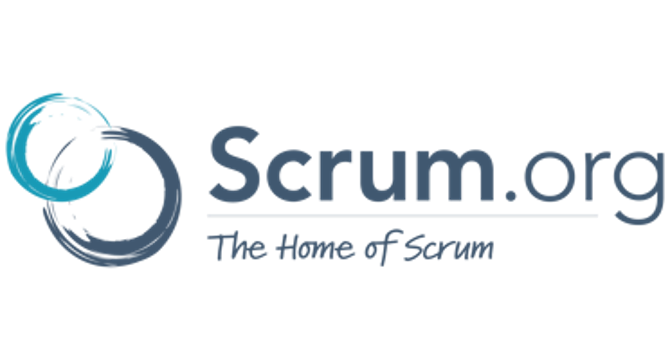
Image Credit: Scrum
Scrum as a Catalyst for Product Evolution
- Many teams follow Scrum by the book but lack innovation in their products.
- To infuse more innovation into Scrum, treat each release as an experiment and gather feedback for refinement.
- Release based on value, not necessarily tied to Sprint boundaries, to deliver value sooner and gather feedback more quickly.
- Embrace strategic procrastination by refining Product Backlog items multiple times before Sprint Planning and keep refinements brief for flexibility.
Read Full Article
1 Like
Scrum
224
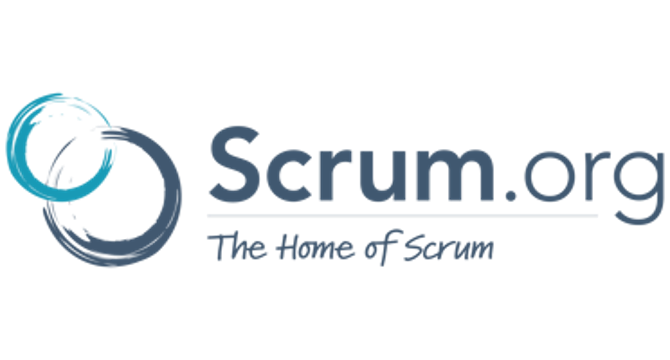
Image Credit: Scrum
Why Handoffs Are Killing Your Agility
- Handoffs in software development are often a result of functional silos, leading to inefficiencies, reduced quality, and decreased agility.
- Hidden costs of handoffs include loss of context, increased cycle time, reduced quality, and decreased morale among team members.
- Handoffs persist due to traditional organisational structures that hinder collaboration and Agile implementation.
- Eliminating handoffs requires modern engineering practices, automation, and a focus on cross-functional teams and flow optimization.
- Strategies to eliminate handoffs include creating cross-functional teams, adopting continuous delivery practices, leveraging test-first development, and minimizing work in progress.
- Collaborative refinement, a shift-left strategy, and organizational hygiene are crucial for reducing handoffs and maintaining agility.
- Periodic acts of organizational hygiene help in removing unnecessary constraints and ensuring alignment with goals.
- Handoffs are a choice, and by restructuring teams and embracing a Lean-Agile mindset, organizations can minimize handoffs and achieve true agility.
- Eliminating handoffs is essential to reduce waste and improve team performance in software development.
- References to further readings and resources are provided for additional insights into best practices in software development.
Read Full Article
13 Likes
Discover more
- Programming News
- Software News
- Web Design
- Devops News
- Open Source News
- Databases
- Cloud News
- Product Management News
- Operating Systems News
- Computer Engineering
- Startup News
- Cryptocurrency News
- Technology News
- Blockchain News
- Data Science News
- AR News
- Apple News
- Cyber Security News
- Leadership News
- Gaming News
- Automobiles News
Medium
17
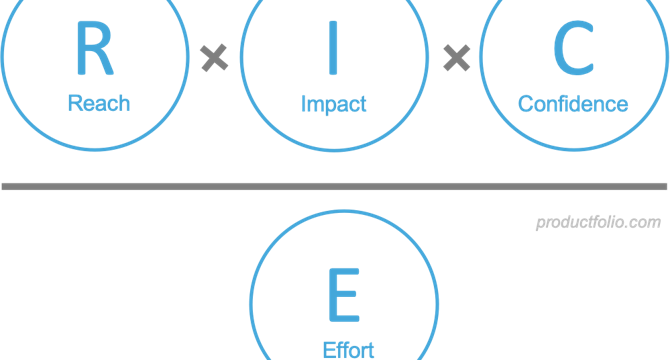
Image Credit: Medium
What is the RICE Score?
- RICE Score is a structured, data-driven way to prioritize feature ideas based on impact and cost.
- It helps evaluate product ideas objectively using measurable criteria rather than gut feeling or stakeholder pressure.
- RICE stands for Reach, Impact, Confidence, and Effort, each contributing to a calculated score for prioritization.
- The RICE score is calculated based on the reach, impact, confidence, and effort required for a specific feature idea.
Read Full Article
1 Like
Scrum-Master-Toolbox
375

Deniz Ari: How Intense Delivery Pressure Destroyed Team Trust, Culture, and Brought Burnout
- Deniz Ari faced intense delivery pressure during a busy winter period in the public sector, leading to an oversized team of 25 engineers and significant problems.
- The pressure to continuously deliver overwhelmed the team, resulting in broken trust, team members feeling abandoned, cases of burnout, and a disintegrated team culture.
- After the experience, Deniz conducted a comprehensive retrospective to provide feedback to management on the dangers of excessive pressure in Scrum environments.
- Self-reflection: Identifying early signs of team burnout and establishing boundaries are essential to prevent reaching a critical point of burnout.
Read Full Article
22 Likes
Medium
207

The Power of the People Is Losing to the People in Power!
- Executives are now openly declaring that 'Everyone is replaceable,' signaling a shift in power dynamics post-pandemic.
- The message is clear: Perform or be replaced, as advancements in AI make automation a more viable and attractive option for companies.
- To thrive in this new landscape, organizations must prioritize innovation, accountability, and strategic ownership in their culture.
- While AI can highlight areas for improvement, true success lies in fostering a culture of trust, ownership, and partnership alongside technological advancements.
Read Full Article
12 Likes
Scrum
159

Image Credit: Scrum
Undone Work is a Monkey on the Scrum Team's Back
- In Scrum, 'Done' means completing the work entirely, but many teams struggle with unfinished tasks piling up like a burden.
- Carrying over undone work disrupts team efficiency, transparency, and their ability to adapt effectively.
- Scrum advises not to pull in work unless the team can finish it, and unresolved tasks should be resized and reconsidered by the Product Owner.
- To address undone work, teams can break down tasks into smaller pieces, limit work in progress, and prioritize finishing tasks to maintain Scrum's value delivery model.
Read Full Article
9 Likes
Medium
107
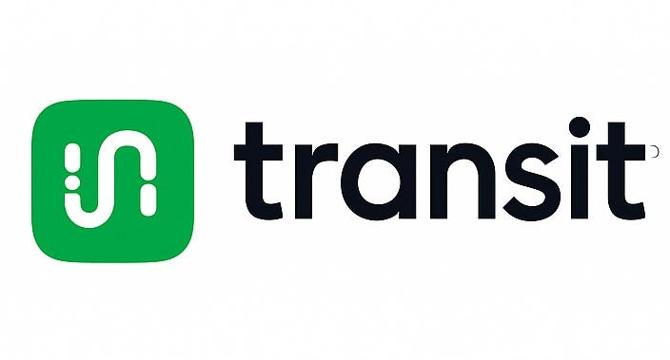
Image Credit: Medium
I Was HIT by a BUS
- The writer recalls their frustrating experiences with a transit app that consistently provided inaccurate information about bus arrival times.
- Despite re-downloading the app later, it continued to exhibit the same issues, but the writer had transitioned from being a student to a Product Manager in the meantime.
- As a Product Manager, the writer now sees the past frustration as an opportunity to bridge the gap between user needs and product solutions, leading to a newfound commitment to address such issues.
- This experience has driven the writer's resolve to build a better product that meets the needs they once struggled with themselves.
Read Full Article
6 Likes
Medium
409
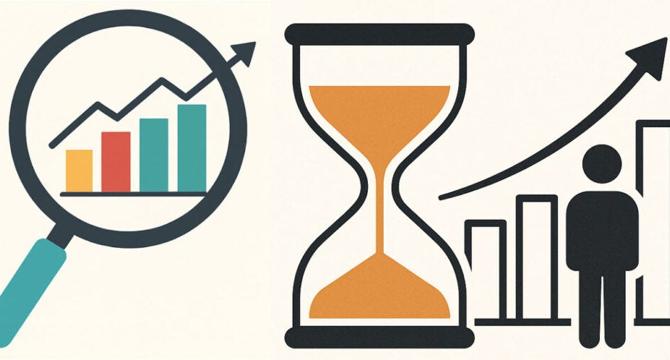
Image Credit: Medium
We Have Metrics. Now What?
- Metrics should not be used to judge individual performance but should focus on team-level outcomes.
- The misuse of system-level metrics for personal evaluations can lead to gaming and hinder genuine improvement.
- Different team structures like Engineering Manager model and autonomous teams with team topologies impact performance evaluation.
- Leaders adopting new metrics need guidance on using them responsibly to avoid negative impacts on teams and systems.
- Setting targets on outputs can lead to gaming or frustration; input metrics drive real system-level change.
- Metrics should provide context, focus on what teams can influence, and avoid becoming targets themselves.
- Improvement requires identifying bottlenecks and connecting team actions with business outcomes.
- Teams should focus on a few meaningful metrics, experiment with cadence for feedback, and prioritize improvement over gamification.
- Using flow metrics to evaluate individual performance can hinder learning and improvement.
- Gamifying metrics may show short-term improvement but does not contribute to long-term success and system improvement.
Read Full Article
24 Likes
Scrum
392
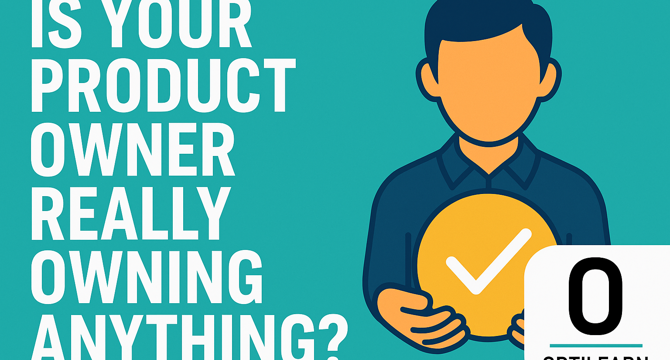
Image Credit: Scrum
Does Your Product Owner Actually Own Anything?
- Product Owner accountability can be ambiguous and varies across organizations.
- Product Owners are expected to set clear Product Goals to provide direction to the team.
- They should be actively involved in deciding what features are prioritized for development.
- Understanding the customer journey is crucial for Product Owners to maximize value.
- Product Owners need to build relationships with customers to gather insights and build trust.
- Product Ownership involves defining and evolving the Product Goal based on insights.
- Product Owners should make decisions based on value, not internal politics.
- Direct engagement with customers helps in shaping the product experience.
- Scrum Masters play a key role in supporting Product Owners to fulfill their responsibilities.
- Organizations need to understand that giving the title of Product Owner does not automatically mean they own the product.
Read Full Article
23 Likes
Medium
420

Image Credit: Medium
They Asked for Faster Delivery. I Gave Them Broken Features.
- Product requests for quicker delivery often lead to compromises like skipping QA or unit tests.
- In a rush due to tight deadlines, the pressure was on to deliver a feature that was already publicly announced and demoed, despite not existing.
- Rushing the development process led to incomplete logic, changing backend contracts, and the potential for the whole app to crash.
- The situation highlights the challenges of balancing speed and quality in software development under pressure.
Read Full Article
25 Likes
Age-Of-Product
181

Agile’s Quarter-Century Crisis: Why We’re Still Failing 25 Years After the Manifesto
- Despite 25 years of the Agile Manifesto, organizations are still struggling to make Agile work due to leadership disconnect, missing product vision, and cultural resistance.
- Significant obstacles lie in leadership issues, where there is a fundamental disconnect between endorsing Agile verbally and undermining its principles through actions.
- A survey of 165 Agile practitioners revealed key frustrations, including a lack of product vision, cultural resistance, and process misapplication.
- After 25 years, the industry needs to prioritize leadership transformation, emphasize outcomes over rituals, and promote organizational transparency to avoid Agile failure.
- Many professionals work hard to advance agility, but the industry sometimes prioritizes complexity over genuine transformation, leading to organizational dependency.
- Agile's focus should be on solving business problems and delivering value, with frameworks playing a secondary role in achieving organizational goals.
- Practical tips to avoid Agile failure include focusing on business outcomes, attending Sprint Reviews, formulating clear product vision, and emphasizing the 'why' in meetings.
- It's time to shift the focus from implementing Agile practices to understanding the core principles for successful Agile transformations and sustainable organizational growth.
- Agile isn't just about mindset and process but also about creating collaboration-friendly physical environments and ensuring visibility into vision and strategy.
- The need for honesty about the limitations of Agile certifications, the importance of organizational transparency, and the critical role of leadership in Agile transformations are key takeaways after 25 years of Agile practices.
Read Full Article
10 Likes
Scrum-Master-Toolbox
86

BONUS: Marcelo Calbucci reveals Amazon’s secret innovation framework that transforms product development!
- Marcelo Calbucci shares Amazon's innovative PRFAQ framework for product development, emphasizing alignment, vision clarity, and customer-centricity.
- The PRFAQ framework, comprising a press release, customer FAQ, and internal FAQ, helps teams articulate vision and strategy before execution.
- Challenges in product development include lack of alignment; the PRFAQ framework creates consistency and encourages discussion.
- Tips include writing in paragraphs, conducting review sessions, and focusing on substance over style in PRFAQ implementation.
- At Amazon, every product initiative starts with a PRFAQ document, allowing for early feedback and consistent innovation across diverse areas.
- The PRFAQ framework promotes customer-centricity by ensuring products solve real problems through deep understanding of customer needs.
- Marcelo applied the PRFAQ framework to his book development process, emphasizing the challenge of convincing teams to adopt the method.
- For deeper learning, Marcelo recommends reading examples and utilizing resources and templates on the PRFAQ framework website.
- Marcelo Calbucci, an innovation expert, founder, and author, aims to shape the future of product development and innovation through customer-centric strategies.
Read Full Article
5 Likes
Medium
186

Image Credit: Medium
Alternative Applications of SDLC: Flexible, User-Centric, and Real-Life Aligned Approaches
- In today's digital world, traditional software development life cycle (SDLC) models are no longer enough for rapidly changing user expectations and diverse products.
- Alternative approaches like DevOps with CI/CD, Design Thinking, Discovery and Delivery workflows, Lean UX with Agile, no-code/low-code tools for MVPs, and open-source community-driven projects are gaining popularity.
- Real-life examples include Netflix utilizing CI/CD for seamless deployments, Airbnb boosting bookings with Design Thinking, and Spotify balancing testing new features with implementing approved ones in sprints.
- These alternative SDLC models prioritize user feedback, rapid iteration, and collaboration, shaping the future towards purposeful, empathetic, and agile software development.
Read Full Article
11 Likes
For uninterrupted reading, download the app